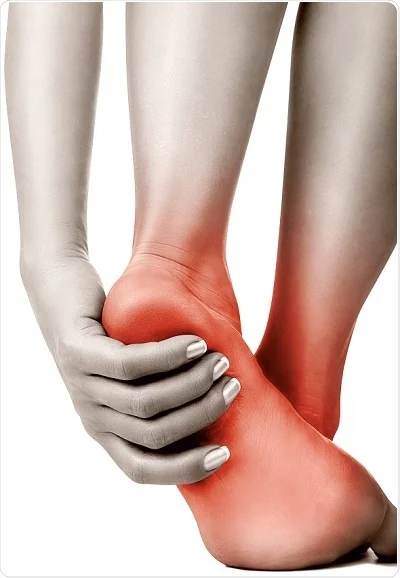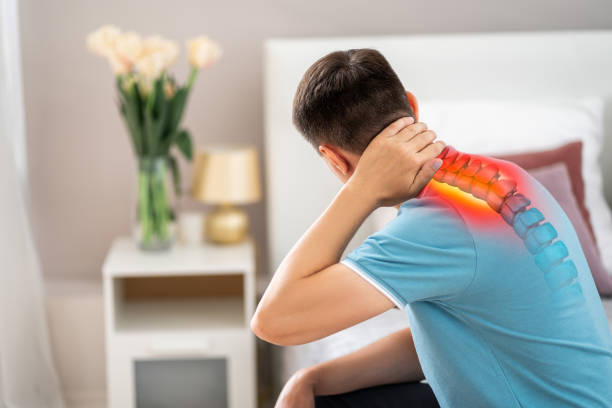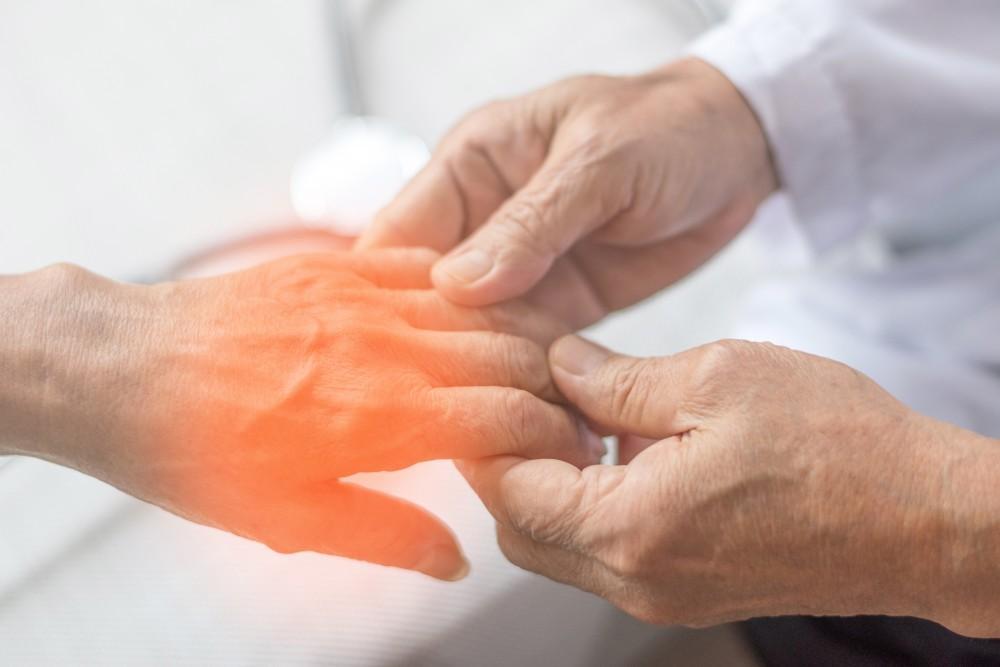Joint cracking is a popping sound that occurs as a result of tissues rubbing together abnormally. The sound results from an abnormal interaction between air, fluid, or bone. A common example of joint crepitus is when rough surfaces in a joint rub together and result in a popping and crackling sound or an irregular feeling in your joint. Another example is when air escapes from the sinuses and can be felt in the skin overlying a facial bone fracture.
Joint cracking or Knee crepitus is often the result of arthritis or a previous joint injury. However, a crackling or popping sound and irregular feeling in your joint may also result from the presence of air in the tissues. Knee Crepitus can be due to a wide variety of conditions, and associated symptoms can also vary widely. Soft tissue crepitus, due to air inside body tissues, is a serious type of crepitus. Crepitus due to arthritis or joint problems can be a sign of chronic disease or joint damage.
What Are The Causes Of Joint Cracking Or Joint Popping?
Often, crepitus is harmless. It happens when air seeps into the soft tissues around the joint (such as the kneecap). When you bend the joint, the air bubbles burst, and you hear a cracking sound. While most crepitus is harmless, some forms of crepitus signal a problem. Causes of painful joint popping may include:
- Air bubbles popping inside the joint. This popping does not cause pain.
- Tendons or ligaments snapping over the joint’s bony structures. This snapping sometimes causes pain.
- Arthritis—typically either osteoarthritis or rheumatoid arthritis—causes a joint’s articular cartilage to degenerate.
- Patellofemoral pain syndrome (PFS): Also known as runner’s knee, PFS causes crepitus along with pain behind the kneecap (patella). It can happen when you suddenly increase your activity level and are often caused by running, squatting or jumping. PFS is more common in women than in men.
- Torn cartilage: A cartilage tear can happen because of a sports injury, a fall or an accident. Cartilage damage is another possible cause of painful crepitus. Find out more about cartilage damage.
What Are The Preventive Measures Of Joint Cracking?
Treatment may not be necessary. If it is, the options will depend on the cause, as outlined above. If crepitus occurs with exercise, the person should not stop exercising but modify the exercise. Precautionary measures include:
- Avoiding inclines or hills if running
- When using a bicycle, keep the tension on the pedals low
- When lifting weights, focus on the quadriceps or hamstring muscle groups, use lighter weights and do more repetitions
- Wearing suitable shoes
- Warming up before exercise and stretching afterward
- Maintaining a healthy body weight to reduce stress on the knee
- Walking and swimming are also good activities for strengthening the leg muscles. In turn, this will contribute to better knee health.
When To Seek Medical Help?
If you experience pain, swelling or periods where your joint catches or locks during crepitus, consider speaking with your physician as this could be early signs of arthritis and warrant further evaluation. If the crepitus is getting worse or is accompanied by pain that is bothersome, it’s time to see a doctor. It’s not uncommon for our bodies to make noises when we move. If you experience new joint noises, swelling, redness, numbness, weakness in the limbs or toes/fingers see your doctor. X-rays can show arthritis, MRIs can show soft tissue damage.
Physiotherapy Treatment For Joint Cracking
Physiotherapists are qualified health care professionals who are experienced at assessing joints of the human body. If pain, discomfort, swelling or heat is experience with clicking joints then an assessment would be of benefit. This can help provide a reason to where the pain is coming from and rule out / prevent any injury which potentially could deteriorate. Depending upon the cause of the clicking found within the joint will depend upon the treatments received. If cause if due to arthritis or an injury within the joint the treatments will be aimed at decreasing the pain, optimizing healing and improving joint integrity. Some of the following treatments may be used:
- Electrotherapy
- Acupuncture
- Range of movement exercises
- Strengthening exercises
- Self-management strategies
- Proprioceptive exercises






